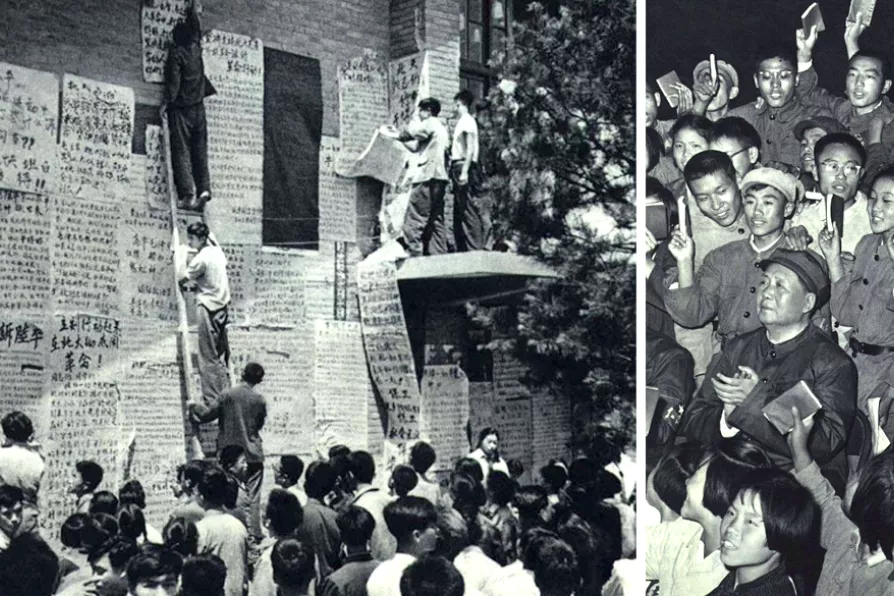The long-term effects of chemical weapons such as Agent Orange mean that the impact of war lasts well beyond a ceasefire

 REVOLUTIONARY FERVOUR: (L to R) Big-characters posted on the campus of Peking University and Mao Zedong and Lin Biao surrounded by rallying Red Guards in Beijing on December 1 1966
[China Pictorial/Creative Commons]
REVOLUTIONARY FERVOUR: (L to R) Big-characters posted on the campus of Peking University and Mao Zedong and Lin Biao surrounded by rallying Red Guards in Beijing on December 1 1966
[China Pictorial/Creative Commons]
THE Cultural Revolution started in 1966 as a mass movement of university and school students, incited and encouraged by Mao and others on the left of the CPC leadership.
Student groups formed in Beijing calling themselves Red Guards and taking up Mao’s call to “thoroughly criticise and repudiate the reactionary bourgeois ideas in the sphere of academic work, education, journalism, literature and art.”
The students produced “big-character posters” (dazibao) setting out their analysis against, and making their demands of, anti-revolutionary bourgeois elements in authority.

BEN CHACKO welcomes a masterful analysis that puts class struggle back at the heart of our understanding of China’s revolution

STEPHEN BELL reports from a delegation that traced the steps of China’s socialist revolution from its first modest meetings to the Red Army’s epic 9,000km battle to create the modern nation that today defies every capitalist assumption












